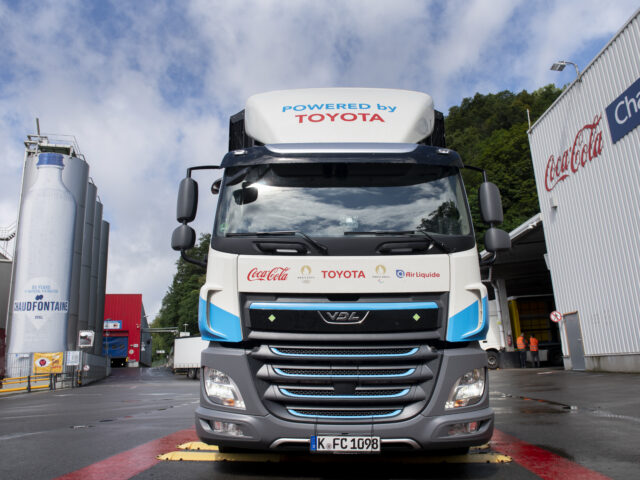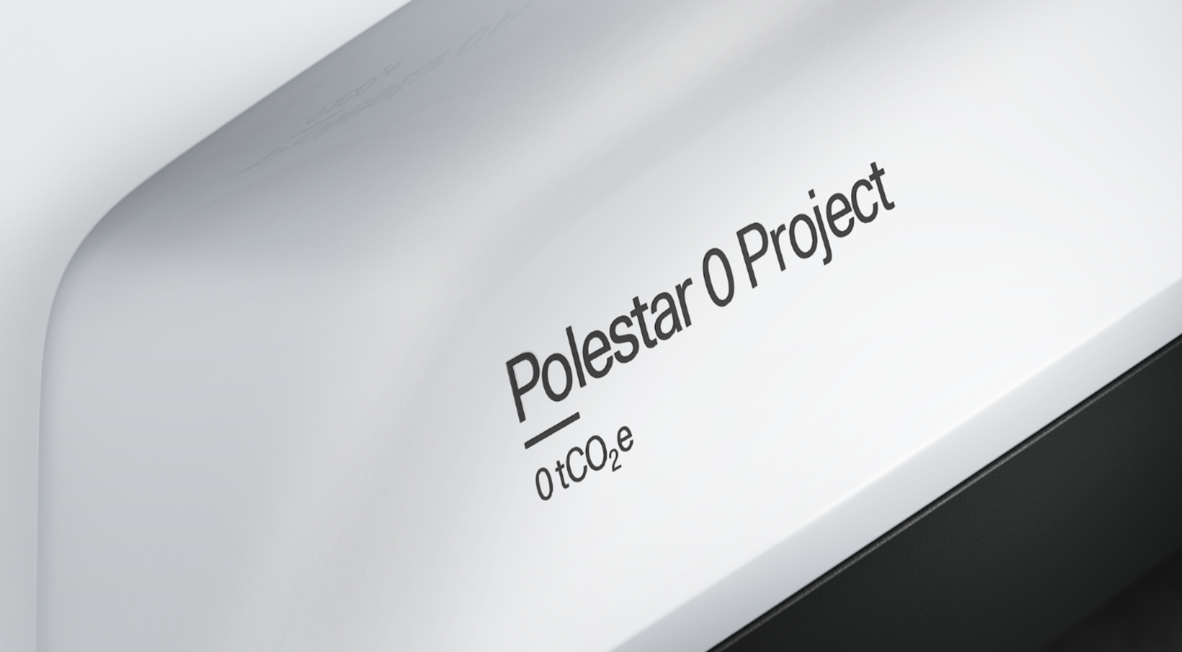
Polestar: ‘We want a truly climate-neutral car by 2030’

As a first step toward a truly climate-neutral car, Polestar intends to add a product sustainability declaration to all its products, expressed in CO2e /Polestar
One of the striking items in car manufacturer Polestar's first annual review is the aim to create the first truly climate-neutral car by 203


Comments
Ready to join the conversation?
You must be an active subscriber to leave a comment.
Subscribe Today